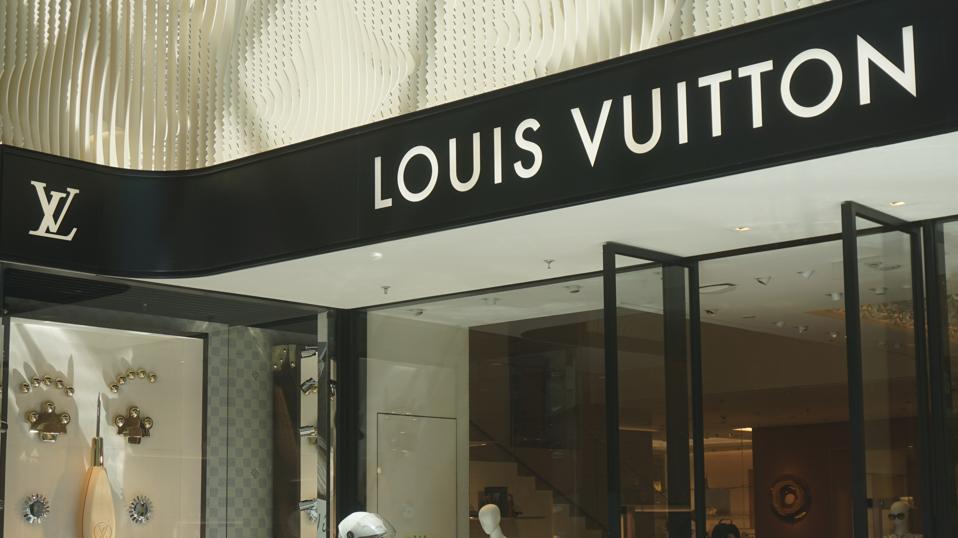Ellerston Capital portfolio manager Alexandra Clarke is a leading stock picker and analyst with experience in IPO and pre-IPO markets. A highly-experienced small and micro-cap investor, she tells why, in her universe, bad news isn’t always bad, why she prefers founder-led companies, why she generally eschews resources and how, in an increasingly uncertain world, small can be beautiful.

This is an edited extract of a Q + A between Alexandra Clarke and Forbes Australia.
What are the fundamentals for you as an investor amid recent geopolitical events, stubborn inflation and rising bond yields?
We agree [the macro picture] is important, but how we look at the macro isn’t from a top-down point of view. We look at stocks and think, “We like stocks X, Y, and Z. How will inflation impact them? How are rising bond yields going to have an impact on the cost of capital? How is the market going to observe these things? Do geopolitical events impact the supply chains?”
We’re trying to find stocks that are in charge of their own destiny and can outperform no matter the environment they’re in because there’s always going to be something on the horizon that will impact them. Do they have pricing power? Can they offset some of their risk? Can they move their supply chains relatively easily? Are they beholden to one major supplier that can never shift?
When we look at the world, we go, “Okay, this stock can outperform in most environments, and we’re not paying too much for it.”
Given market uncertainty, Is it more difficult to pick these stocks?
I think you have to be far more aware of your downside risks. You must have a bit more fat in your analysis to ensure they can push price rises through. If you think they can do 6 or 7%, what happens if they can only do 2% and their cost base has a 5 or 6% inflation rate? So, it’s building in enough fat in that analysis to ensure you’re offsetting that risk.
Are there any sectors you would rule out, given the current circumstances?
I think it’s pretty lazy if you rule out entire sectors because of a macro point of view. There’s going to be underlying stocks inside those sectors that will outperform. [For example] retail… people look at the current environment, interest rates are up, people’s take-home pay is going down [so] they don’t have disposable income. And the reality is that all of that’s true, but there’s going to be certain stocks inside that consumer discretionary bucket that are going to outperform.
If you’re a 15 to 20-year-old and you’ve just had a fair work pay increase of four or 5%. You live at home with mum and dad, you probably don’t have a car, so petrol’s not an issue.
You definitely don’t have a mortgage, and you might have rent or not. Are you still going to be spending? Probably.
What other factors do you consider when looking to find these stocks?
That you have a business model that can outpace the current environment, and you have, whether it’s a widget, technology, whatever, [something] that allows you to add value to somebody else.
I look at the smaller end of the market. These companies typically do one thing exceptionally well, and then they might do one more thing a little bit better, and they can grow it, and everybody wants it.
So, if you look at a Wesfarmers, it’s a conglomerate, you don’t know what’s going where in that business, and you don’t exactly know what you’re buying, where at the smaller end, I know that this niche is exactly what you are, and so I can look at what’s going to impact you.
We like founder-led businesses, and so what motivates the [person] in charge?
Are they there to grow the business? Are they set to retire? Do they just want to sell it? We like to know the motivation is ‘they’re here, and they want to get big’ [or] take it offshore. We quite like our founders to own stock [so] we’re all aligned.
If you take a paid manager who is just a CEO, they leave if it gets too tough. And so they might make short-term decisions for the benefit of [the] share price, not long-term decisions that will actually help achieve growth in the next two or three years. So, I think there’s a different mindset at times between founders and external managers.
Why do you eschew resources in the small-cap space?
It’s [because] we like cash flow; we like earnings and are looking for that 15% annual return. We’re agnostic if we get that from earnings growth or dividends or a bit of both. We take a three-year view when we invest. And at the smaller end, many resource companies are explorers and therefore [have] no cash flow, no revenue. And it’s difficult for them to become interesting to us.
We prefer to get exposure through money services companies because they hit our metrics. We see they can support themselves – that they don’t need to rely on the kindness of strangers for capital raises. We can value them. I’m not a geologist, and I don’t know if your plot of dirt has the commodity you’re [trying to extract].
What are the advantages of the small end of the market?
There’s a big misconception that large caps are safer than small caps.
Last year was one of the first hits in a long, long time [where] large caps outperformed smalls. Usually, small caps actually give you a better return. They have a far faster growth rate. So, if you’re investing in smalls, you’re there for growth.
[They’re] not mainstream [and haven’t] hit any of the [major] indexes, so you don’t have the quant money behind [them]. The idea is to pick up a microcap stock that becomes a small-cap stock that becomes a mid-cap stock, and it flows through.
How does less liquidity in the market affect small caps?
What happens [when] you get volatility in the market is liquidity comes out. So, if you’re not really an equities person, you’re moving out of large caps back to cash. If you’re large caps, you’re moving out of mid-caps back to large. Mid-caps are moving out of smalls to mid. So, you go back to your natural home. And that means that share prices are going down, which means more stocks come back into our universe to invest in. What volatility does for us is give us more toys to play with.
It means that valuations here are cheap. It’s a difficult market, but there are options. Small industrials, 12, 18 months ago, probably was trading on 24-ish times P/E (Price to Earnings). You go back five or six years, and it was probably around 16 times. Now it’s probably 18, 19 times. Market caps have come down, and the earnings haven’t changed. These companies are still delivering the earnings that we all thought they were. They might be off by five-10%, but their multiples have dropped so much more than that.
But what do you see happening next with rates? Are the Fed and the RBA done?
We need inflation to come under control. It’s taking longer than people had thought. Historically, we haven’t seen inflation broken until interest rates are above inflation. This time could be different, but it does feel like interest rates have to go higher first. And I think they probably stay higher longer, but the markets can handle everything. What they can’t cope with is change. Once we find a level, everybody can start pricing their risk correctly. In a stable environment, everybody knows their playbook and how to deliver on it. Companies can tolerate higher interest rates if they are high for longer, as long as we get there and it sits there.
What kinds of businesses will find it harder?
If you don’t have any earnings, you don’t have cash flows, you have to keep on coming back to the market asking for capital, if you’re more theoretical than real as a business [when] you’ve said, “I’m going to invent this,” [and] you haven’t invented it yet. So, I think more of those very early-stage techie-type companies will still struggle. But then you have old-school tech companies that are moving with the times, but they have earnings, cash flow, and a reason to exist. They have a product to sell.
What about continuing geopolitical risk?
You just have to play the cards in front of you. So whether it’s volatile or not, you just have to work out, “What am I doing today?” And if I’m a bottom-up stock picker, I’m factored on, “What can this business do, and how can they outpace these concerns?” You just have to accept that volatility is in your life and have enough fat in your analysis that you hope that you’ve forecast your downside risk.
What trends are you watching?
What we think are going to be three to five-year trends in the market will definitely be decarbonisation and electrification. If you look at government spending, nearly 20 billion bucks to rewire the nation? I think that’s going to be a small cheque. I think it will get much bigger.
For every [EV] charger, the grid must be upgraded: switchboards, circuit boards and office towers must be changed. There will be many companies benefiting from electrification that you don’t think of. Everybody gets that rare earths [are needed for] electric vehicles; they will be the winners. But there are auxiliary companies that are going to [win as well]. That’s where small caps are more interesting.
What about AI?
What is AI? We’ve had various forms over the years. It’s going to have a big benefit, but who’s going to benefit? The guys that will benefit from it are anybody with anything to do with data storage and processing. They might not be as sexy, but you know they will be the ones. That’s why we’re in microcaps and smalls because, at the smaller end, these guys will be inventing, producing, and supplying the picks and shovels for these big thematic.
This article represents the views only of the subject, Alexandra Clark, and should not be regarded as the provision of advice of any nature from Forbes Australia. The article is intended to provide general information only and does not take into account your individual objectives, financial situation or needs. Past performance is not necessarily indicative of future performance.
You should seek independent financial and tax advice before making any decision based on this information, the views or information expressed in this article.
Forbes Australia Issue 7 is out now. Tap here to secure your copy.


